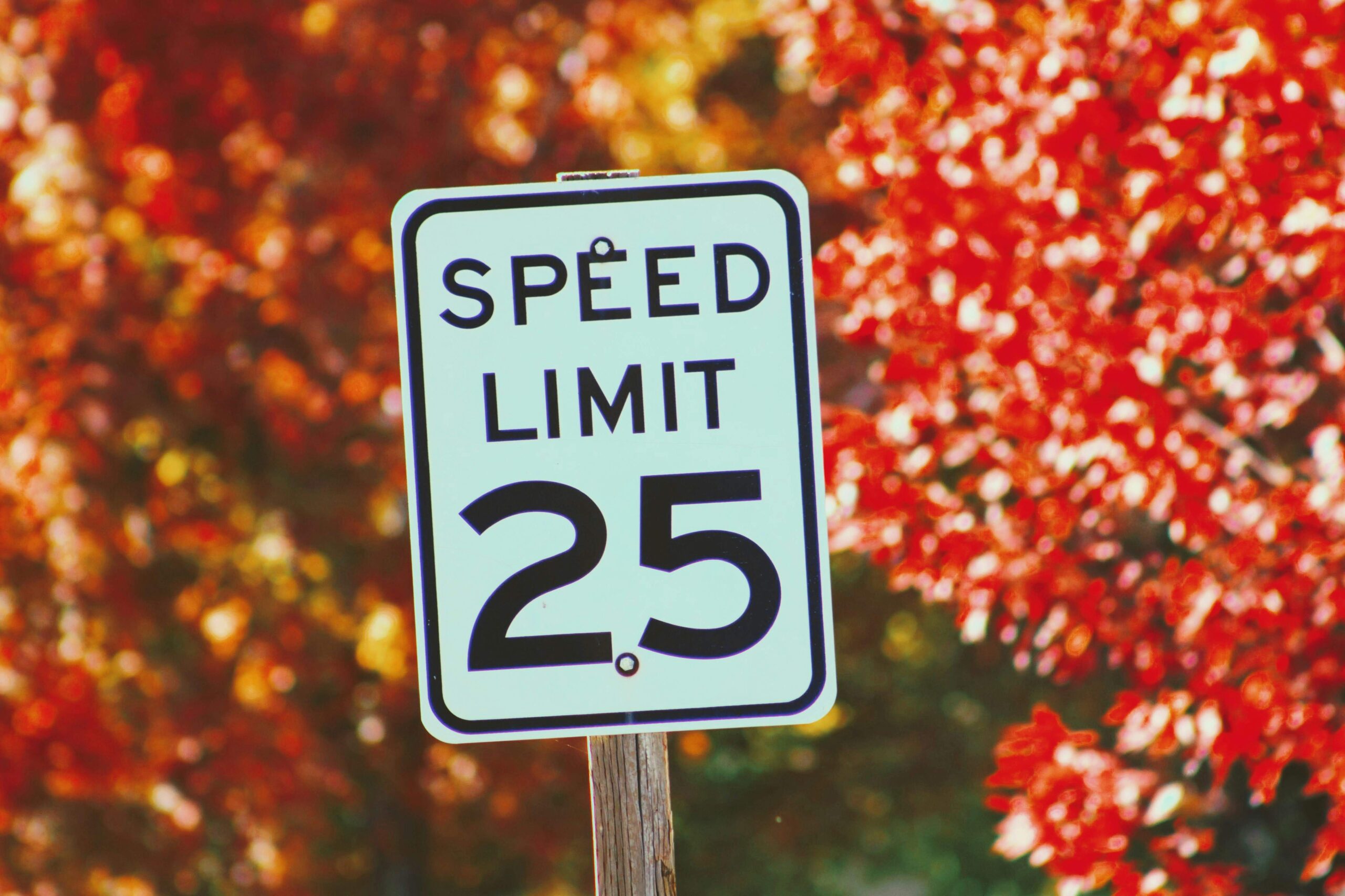California has the possibility to make history with a new law that is awaiting final approval from Governor Gavin Newsom. This bill would require new vehicles to establish a system in which drivers would be notified when they go over the speed limit by more than 10 miles per hour. The law would not apply to vehicles until the 2030 manufacturing year if it were to pass. The reaction thus far to the bill has been quite mixed, with some expressing full support of the bill and others being very clearly opposed to such an action.
The bill came first from State Senator, Scott Wiener.
Senator Wiener’s proposal calls for an update to vehicle technology that would alert drivers when they exceed the speed limit, much like vehicles notify for low fuel or required maintenance. He is very aware of the mixed reviews, as he has heard about it everywhere, even in his personal life. In a recent interview, he explained that his best friend labeled the bill as one of the worst ideas ever, while the friend’s boyfriend expressed gratitude for such a law, thanking Senator Wiener for making his boyfriend drive more responsibly.
Support for the bill has emerged from safety advocacy groups.
Some of these groups argue that such technology could significantly reduce traffic accidents and enhance overall safety. Conversely, driver advocacy organizations contend that California’s driving culture and infrastructure are not conducive to this kind of legislative intervention. They argue that drivers are already overwhelmed by various regulations and that further measures might be excessive.
A significant point of contention surrounding the proposal was the nature of the warning system.
Initially, the bill advocated for an “active” warning system, which would physically prevent drivers from exceeding speed limits. Essentially, technology would be implemented into vehicles to slow them down whether the driver was braking or not. However, this approach faced substantial backlash, leading to widespread criticism. In response, Wiener revised the bill to focus on a “passive” warning system, which simply alerts drivers with a notification on the dashboard when they are speeding. This adjustment shifted the conversation in a more favorable direction, allowing the bill to gain traction. Research shows that the passive system would actually be quite successful.
No matter which side of the argument you fall on, no one in California can expect any change anytime soon. The bill still needs its final gubernatorial decision and if passed would not go into effect until 2030. Additionally, it would only be an update to new vehicles so it would be a slow transition to having a majority of drivers in these vehicles.




